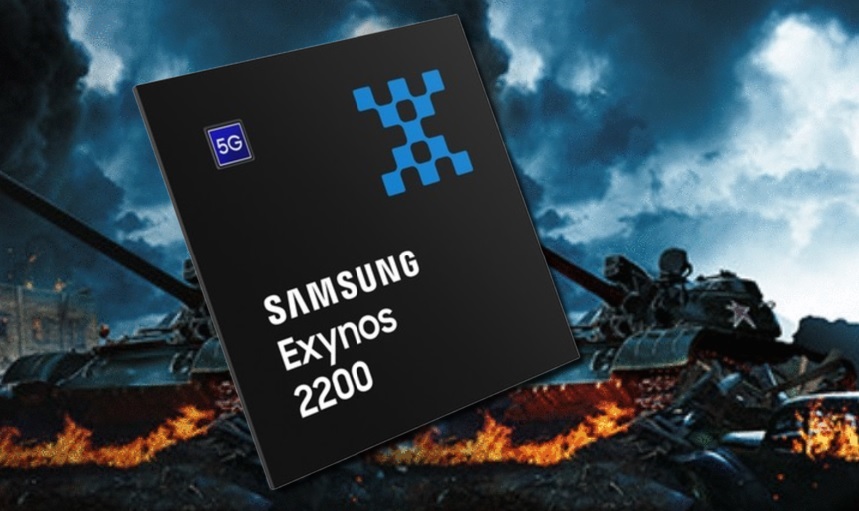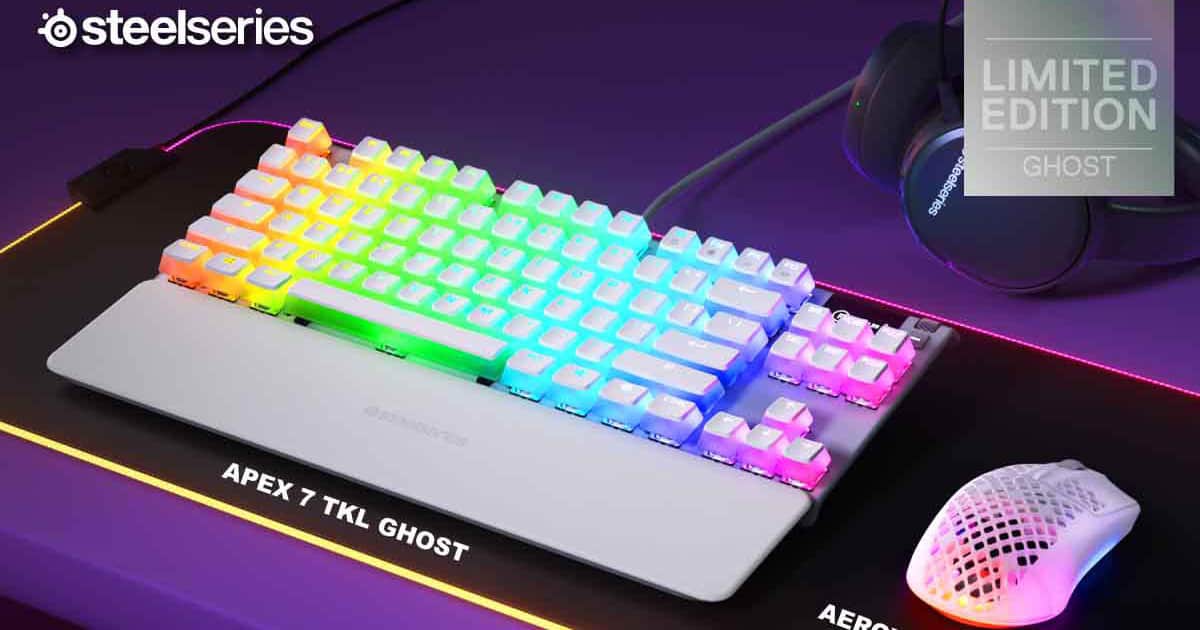A new AI system could help detect the most common form of pancreatic cancer, new research has found.
Pancreatic cancer is a difficult disease to detect. The pancreas itself is hidden by other organs in the abdomen, making it tough to spot tumors during tests. Patients also rarely experience symptoms in the early stages, meaning that the majority of cases are diagnosed at an advanced stage—once it’s already spread to other parts of the body. This makes it much harder to cure.
As a result, it’s essential to try to catch pancreatic cancer at the earliest stage possible. A team of researchers from MIT’s Computer Science and Artificial Intelligence Laboratory (CSAIL) worked with Limor Appelbaum, a staff scientist in the department of radiation oncology at the Beth Israel Deaconess Medical Center in Boston, to develop an AI system that predicts a patient’s likelihood of developing pancreatic ductal adenocarcinoma (PDAC), the most common form of the cancer.
The system outperformed current diagnostic standards and could someday be used in a clinical setting to identify patients who could benefit from early screening or testing, helping catch the disease earlier and save lives. The research was published in the journal eBioMedicine last month.
The researchers’ goal was a model capable of predicting a patient’s risk of being diagnosed with PDAC in the next six to 18 months, making early-stage detection and cure more likely. To develop it, they examined existing electronic health records.
The resulting system, known as PRISM, consists of two AI models. The first uses artificial neural networks to spot patterns in the data, which include patients’ ages, medical history, and lab results. It then calculates a risk score for an individual patient. The second AI model was fed the same data to generate a score, but used a simpler algorithm.
The researchers fed the two models anonymized data from 6 million electronic health records, 35,387 of which were PDAC cases, from 55 health-care organizations in the US.
The team used the models to evaluate patients’ PDAC risk every 90 days until there was no more sufficient data or or the patient was diagnosed with pancreatic cancer. They followed up on all enrolled patients from six months after their first risk evaluation until 18 months after their last risk evaluation to see if they were diagnosed with PDAC in that time.
Among people who developed pancreatic cancer, the neural network identified 35% of them as high risk six to 18 months before their diagnosis, which the authors say is a significant improvement over current screening systems. For most of the general population, there is no recommended screening routine for pancreatic cancer the way there is for breast or colon cancer, and the current standard screening criteria catch around 10% of cases.
Given how important it is to detect the disease at the earliest stage possible, the system looks promising, says Michael Goggins, a professor of pathology and pancreatic cancer specialist at Johns Hopkins University School of Medicine, who was not involved in the project.
“It would be anticipated that such a model would improve the current landscape,” he says. “But it really needs to be very early to make the biggest impact.”
It’s possible that some people could have developed advanced pancreatic cancer within the six-to-18-month window, meaning it could be too late to treat them effectively by the time they’ve received a risk assessment, he says.
While this particular study is retrospective, looking at existing data and tasking the models with making hypothetical predictions, the team has started work on a study that will gather gather data on existing patients, compute their risk factors, and wait to see how accurate the predictions are, says Martin Rinard, a professor of electrical engineering and computer science at MIT, who worked on the project.
In the past, other AI models built with data from a particular hospital sometimes didn’t work as well when provided with data from another hospital, he points out. That could be down to all kinds of reasons, such as different populations, procedures, and practices.
“Because we have what is coming close to data from essentially a very significant fraction of the entire population of the United States, we have hopes that the model will work better across organizations and not be tied to a specific organization,” he says. “And because we’re working with so many organizations, it also gives us a bigger training set.”
In the future, PRISM could be deployed in two ways, says Appelbaum.
First, it could help single out patients for pancreatic cancer testing. Second, it could offer a broader type of screening, prompting people without symptoms to take a blood or saliva test that may indicate whether they need further testing.
“There are tens of thousands of these models for different cancers out there, but most of them are stuck in the literature,” she adds. “I think we have the pathway to take them to clinical practice, which is why I started all of this—so that we can actually get it to people and detect cancer early. It has the potential to save many, many lives.”
Note: This article have been indexed to our site. We do not claim legitimacy, ownership or copyright of any of the content above. To see the article at original source Click Here











